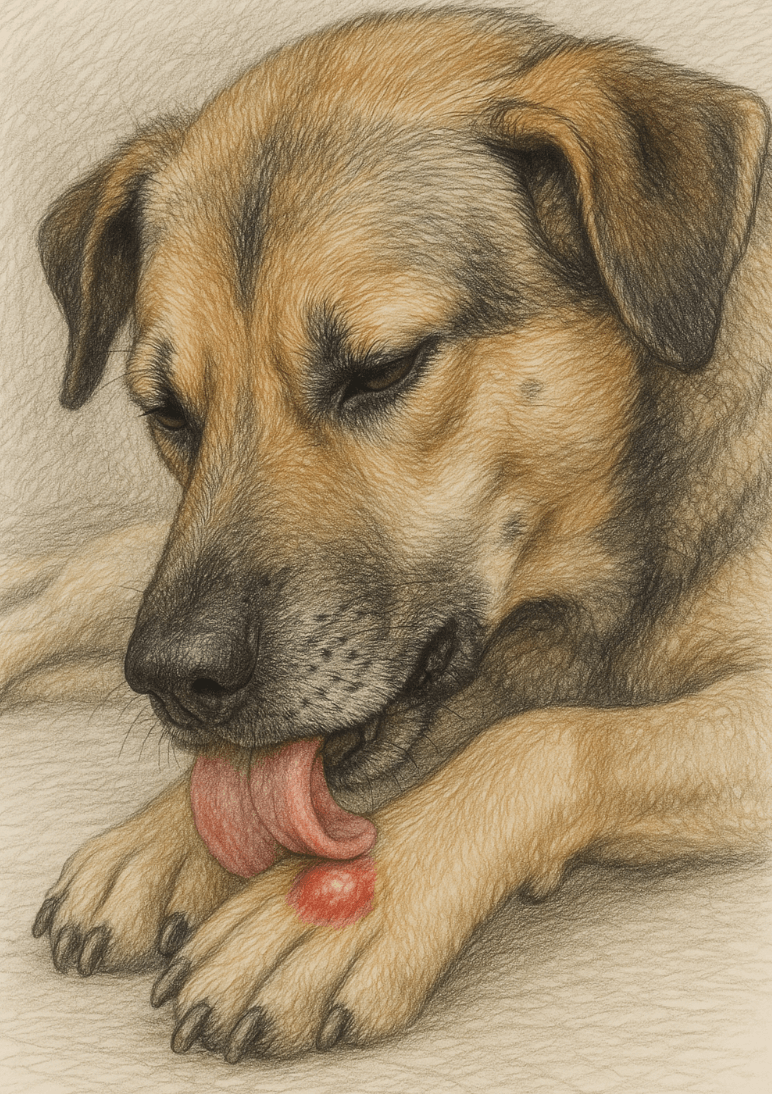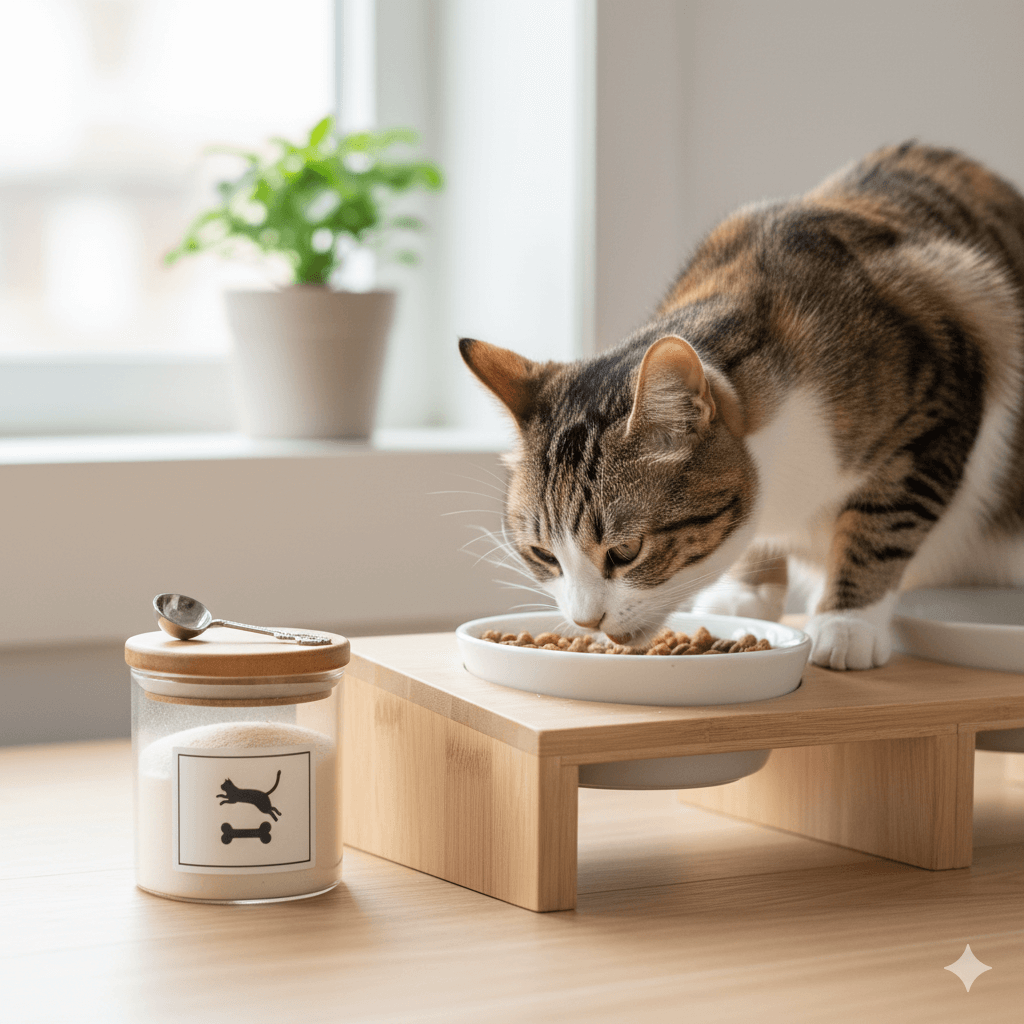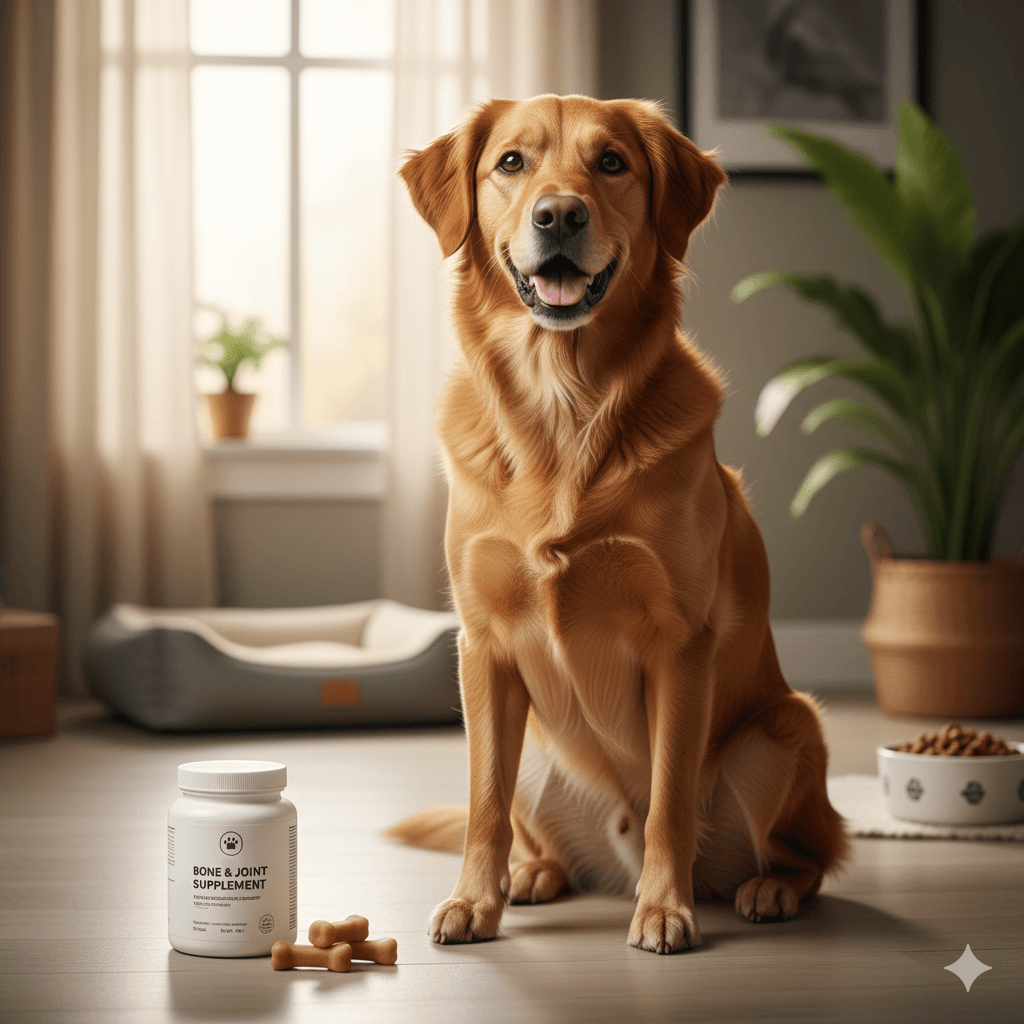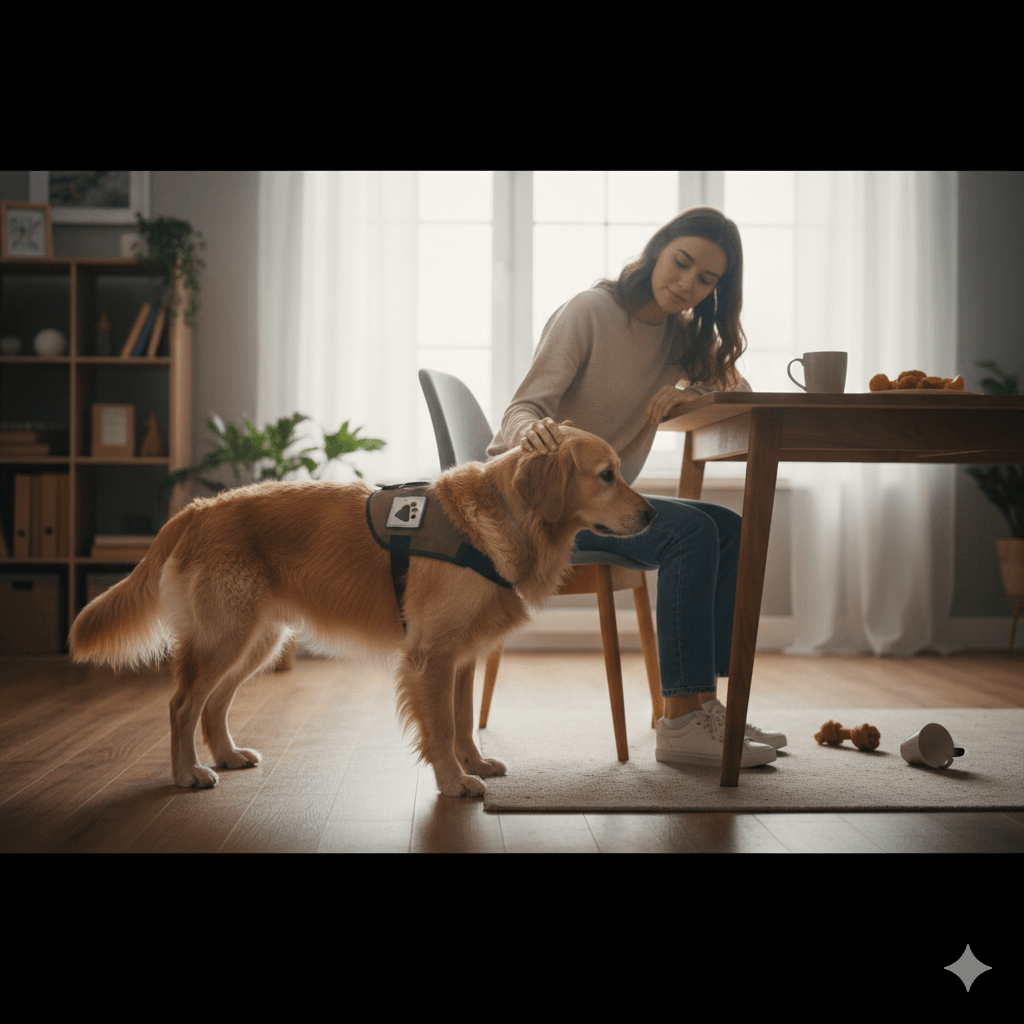Dog Licking Red Bump on Paw: What You Need to Know
If you’ve noticed your dog obsessively licking a red bump on their paw, it’s natural to feel concerned. While dogs are known for their grooming habits, excessive licking often signals an underlying issue that requires attention. A red bump on the paw could stem from various causes, ranging from minor irritations to more serious conditions like infections or allergies. Understanding why your dog is licking and how to address the problem is crucial for their comfort and health. In this blog post, we’ll explore the potential causes, treatment options, and preventive measures to help you care for your furry friend effectively.
Common Causes of Red Bumps on a Dog’s Paw
A red bump on your dog’s paw can have multiple explanations, each requiring a different approach to treatment. Identifying the root cause is the first step toward resolving the issue.
Allergic Reactions:
Environmental allergens like pollen, grass, or chemicals can irritate your dog’s skin, leading to red bumps and itching.Insect Bites or Stings:
Bites from insects such as ants, bees, or spiders can cause localized swelling and discomfort.Bacterial or Fungal Infections:
Moist environments between paw pads can foster bacterial or fungal growth, resulting in inflamed bumps.Foreign Objects:
Splinters, thorns, or small debris lodged in the paw can cause irritation and lead to licking.Trauma or Injury:
Cuts, scrapes, or burns on the paw may develop into red bumps as part of the healing process.
By pinpointing the cause, you can take appropriate action to alleviate your dog’s discomfort and prevent further complications.
Signs Your Dog Needs Veterinary Attention
While some red bumps may resolve on their own, others require professional care. Look out for these warning signs that indicate your dog needs to see a vet.
Persistent Licking or Chewing:
If your dog won’t stop licking or chewing the affected area, it could worsen the condition or lead to infection.Swelling or Pus:
Swollen paws or discharge from the bump suggest an infection that needs medical treatment.Limping or Lameness:
Difficulty walking or favoring one paw indicates significant pain or injury.Foul Odor:
A strong smell coming from the paw may signal a bacterial or fungal infection.Behavioral Changes:
Increased irritability, lethargy, or loss of appetite can indicate systemic issues related to the bump.
Recognizing these signs early ensures prompt veterinary intervention, preventing minor problems from escalating.
Check this guide 👉Why Does My Dog Lick My Knees? Best 7 Expert Tips!
Check this guide 👉What Happens If a Dog Licks a Toad?
Check this guide 👉Why Does My Dog Lick My Face in the Morning? Best 7 Tips!
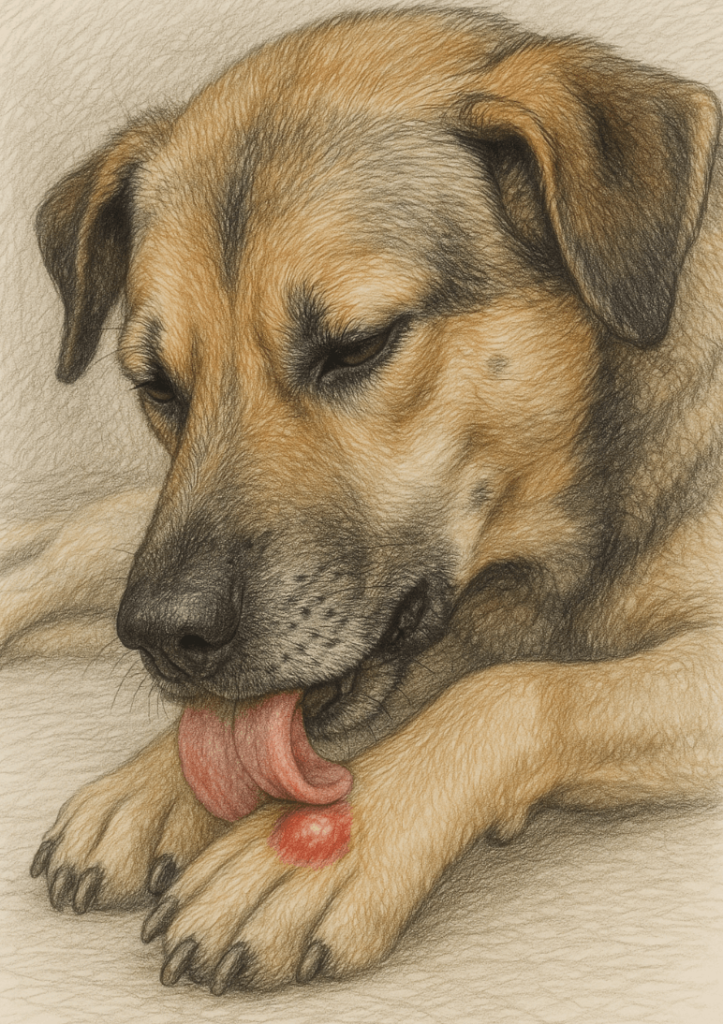
Home Remedies for Minor Paw Issues | When to Visit the Vet Immediately |
|---|---|
Rinse the paw with warm water | Severe swelling or bleeding |
Apply a pet-safe antiseptic solution | Signs of infection (pus, odor) |
Use a cold compress for inflammation | Limping or inability to walk |
Remove visible foreign objects gently | Allergic reactions causing hives |
Monitor for improvement over 24 hours | Persistent licking despite treatment |
How to Prevent Red Bumps on Your Dog’s Paw
Prevention is key to keeping your dog’s paws healthy and free from irritation. These tips can help minimize the risk of red bumps.
Regular Paw Inspections:
Check your dog’s paws frequently for cuts, debris, or signs of irritation after walks or outdoor play.Keep Nails Trimmed:
Overgrown nails can alter paw structure, increasing the risk of irritation or injury.Use Protective Booties:
Dog booties shield paws from hot surfaces, sharp objects, and allergens during walks.Clean Paws After Outdoor Activities:
Wipe your dog’s paws with a damp cloth to remove dirt, allergens, or chemicals.Avoid Harsh Chemicals:
Keep your dog away from cleaning products, fertilizers, or pesticides that could irritate their skin.
Taking these preventive steps reduces the likelihood of red bumps and keeps your dog’s paws in top condition.
Treatment Options for Red Bumps on a Dog’s Paw
Once you’ve identified the cause of the red bump, there are several ways to treat it effectively. Here are some common approaches based on the underlying issue.
Topical Treatments:
Pet-safe creams or ointments can soothe irritation and promote healing for minor bumps.Antibiotics or Antifungals:
If an infection is present, your vet may prescribe oral or topical medications to clear it up.Anti-Allergy Medications:
For allergic reactions, antihistamines or corticosteroids may be recommended to reduce inflammation.Removing Foreign Objects:
Carefully extract any debris embedded in the paw, or let a vet handle it if necessary.E-Collars or Bandages:
To prevent further licking, use an Elizabethan collar or wrap the paw in a protective bandage.
With the right treatment plan, most red bumps can be resolved quickly, ensuring your dog feels better soon.
Common Mistakes to Avoid When Treating Paw Issues
When dealing with a red bump on your dog’s paw, certain mistakes can worsen the situation. Avoiding these pitfalls ensures proper care and faster recovery.
Ignoring the Problem:
Delaying treatment can allow minor issues to escalate into infections or chronic conditions.Using Human Products:
Shampoos, lotions, or ointments designed for humans can irritate your dog’s sensitive skin.Forcing Removal of Debris:
Attempting to remove deeply embedded objects without professional help risks further injury.Skipping Follow-Up Care:
Even if symptoms improve, failing to complete prescribed treatments can lead to recurrence.Overlooking Environmental Factors:
Not addressing allergens or irritants in your dog’s environment may result in repeated flare-ups.
Avoiding these mistakes ensures your dog receives the best possible care.
Understanding Your Dog’s Licking Behavior
Dogs lick their paws for various reasons, and understanding this behavior provides valuable insights into their health.
Grooming Instincts:
Dogs naturally groom themselves, but excessive licking often indicates an underlying issue.Pain or Discomfort:
Licking is a way for dogs to soothe soreness or draw attention to an injury.Anxiety or Stress:
Some dogs lick compulsively due to emotional distress, which may require behavioral interventions.Seasonal Allergies:
During certain seasons, increased licking could be linked to environmental allergens like pollen or mold.Habitual Behavior:
Once started, licking can become a habit, even after the initial cause has resolved.
By observing your dog’s behavior closely, you can better determine the source of their discomfort.
Dietary Adjustments to Support Paw Health
Sometimes, dietary changes can play a role in improving your dog’s paw health and reducing irritation.
Omega-3 Fatty Acids:
Supplements like fish oil can reduce inflammation and promote healthier skin.Hypoallergenic Diets:
Switching to a limited-ingredient diet may help identify and eliminate food-based allergens.Hydration:
Ensuring your dog drinks enough water keeps their skin hydrated and less prone to cracking.Probiotics:
Supporting gut health with probiotics can boost immunity and reduce allergic reactions.Balanced Nutrition:
A diet rich in vitamins and minerals supports overall skin and coat health, including paw pads.
Making thoughtful dietary adjustments can complement other treatments and enhance your dog’s recovery.
Frequently Asked Questions About Dog Paw Issues
Why does my dog keep licking their paw?
Excessive licking is often caused by discomfort, irritation, or an attempt to self-soothe.
Can I use human medicine on my dog’s paw?
No, human medications can be toxic to dogs; always consult your vet before applying anything.
How long does it take for a red bump to heal?
Minor bumps may heal within a few days, but persistent issues should be evaluated by a vet.
What can I do at home to help my dog?
Clean the area, apply pet-safe treatments, and monitor for improvement or worsening symptoms.
Is licking harmful to my dog’s paw?
Yes, excessive licking can delay healing, introduce bacteria, or worsen the condition.
Prioritizing Your Dog’s Paw Health
A red bump on your dog’s paw may seem minor, but it’s important not to ignore it. By understanding the potential causes, recognizing warning signs, and taking proactive steps, you can ensure your dog stays comfortable and healthy. Whether it’s through home care or veterinary intervention, addressing the issue promptly prevents complications and strengthens the bond you share with your furry companion. Remember, your dog relies on their paws for mobility and exploration—keeping them in good shape is one of the best things you can do for their overall well-being.
Understanding Bone Supplement for Cats: Best 7 Expert Tips! – Safe, vet-approved guidance for strong feline bones & balanced nutrition.
Bone Supplement for Dogs: Best 7 Expert Tips! – Expert guide to calcium, collagen & bone health for every life stage.
Understanding Can Cats Get Sunburn: Best 7 Expert Tips! – Protect your feline from UV damage with vet-backed prevention strategies.
How to Train a Seizure Alert Dog: Best 7 Expert Tips! – Learn expert-backed steps to nurture natural instincts into reliable, life-saving seizure alerts.

